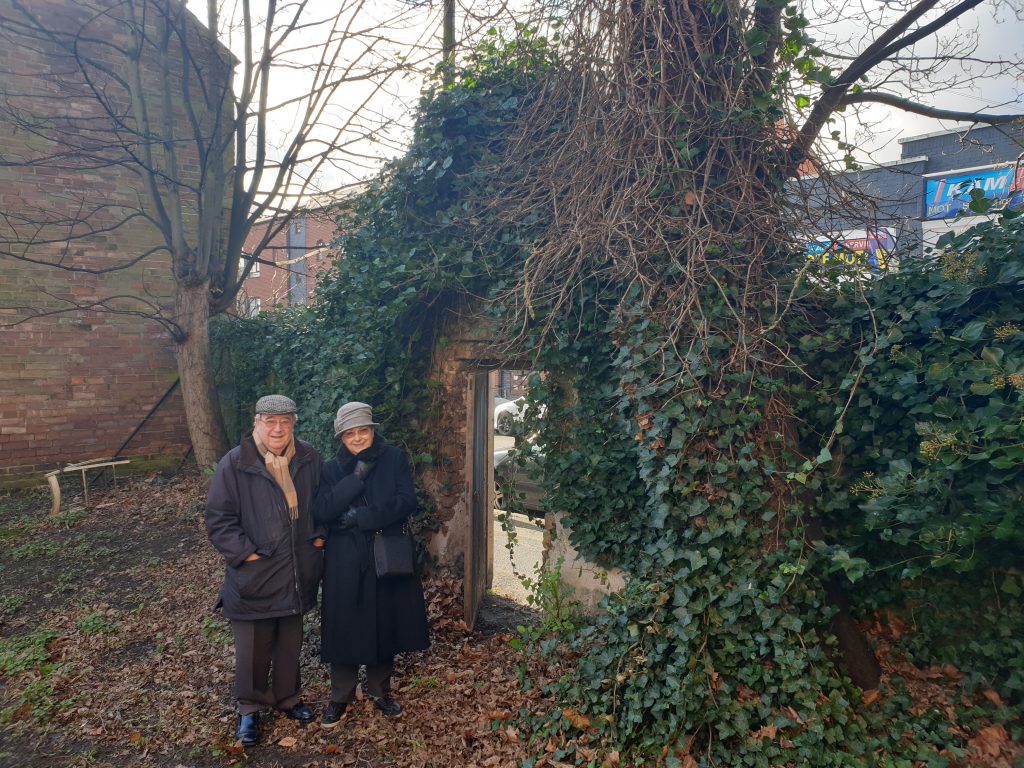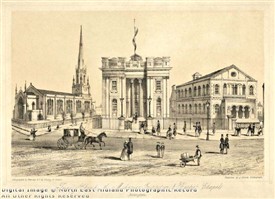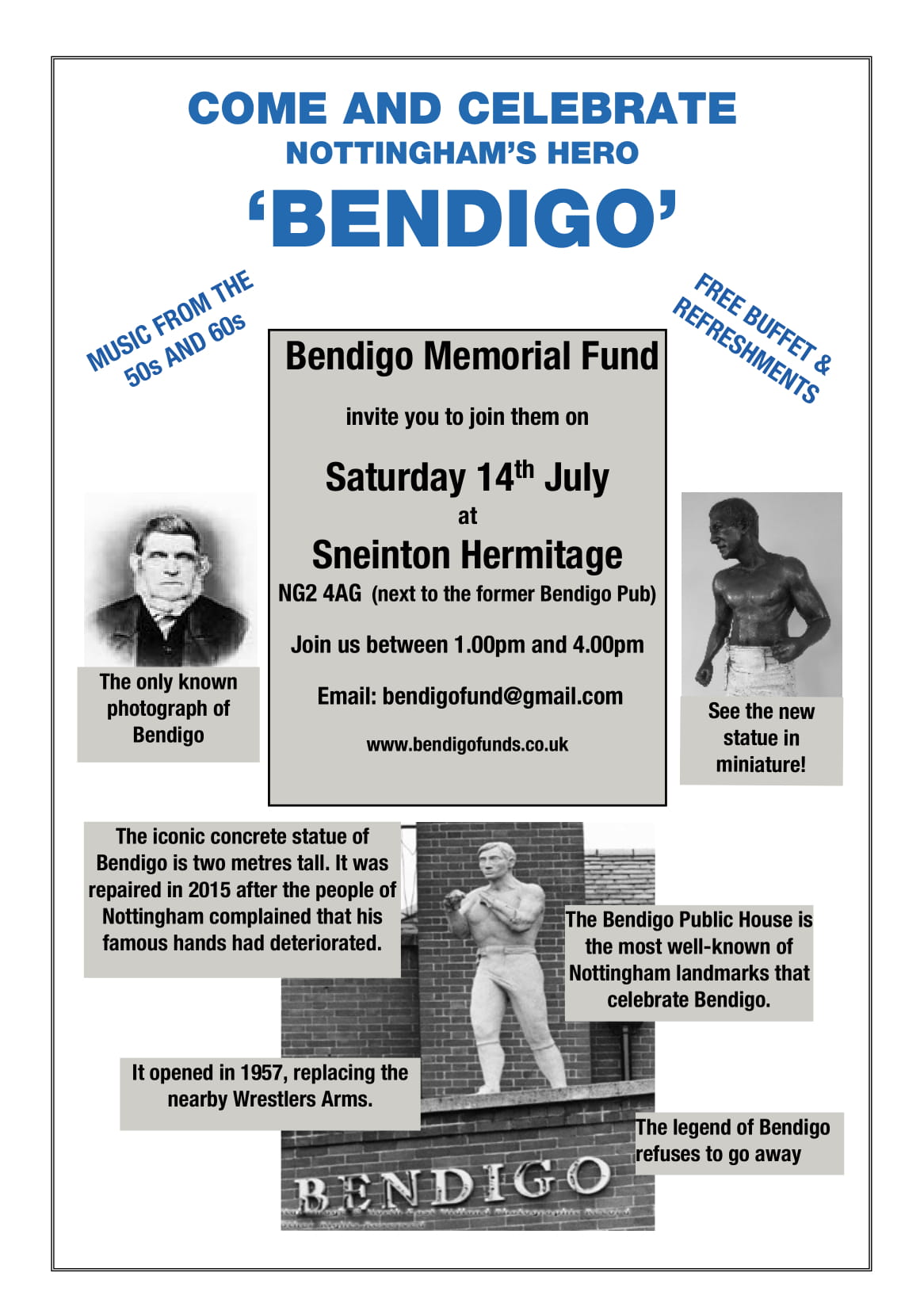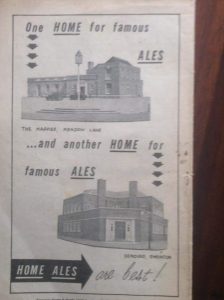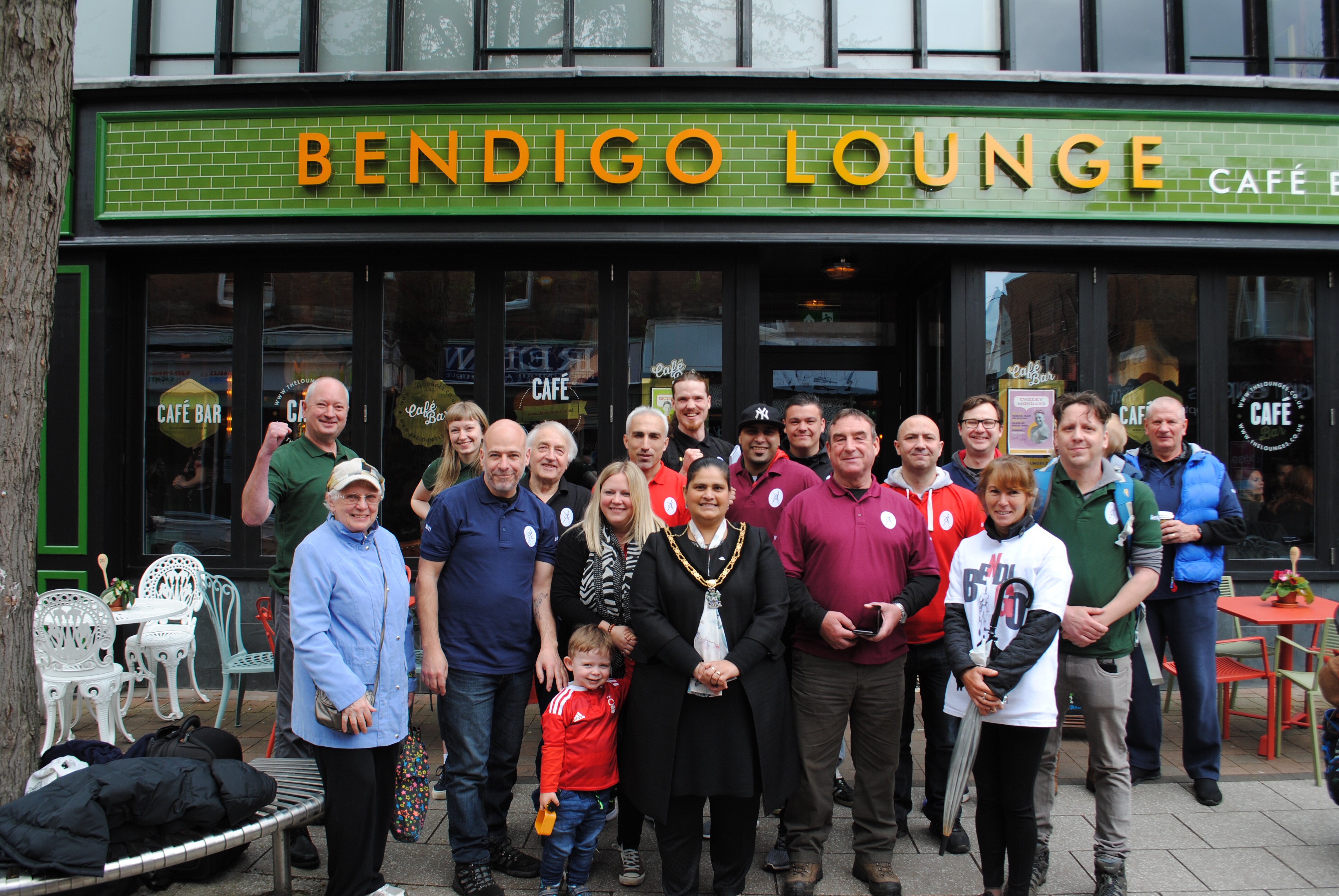Let’s imagine that we are in Nottingham and the year is 1858.
Queen Victoria has been on the throne for over twenty years and the tragedy of the Irish Potato Famine was thirteen years ago. The Australian Gold Rush is in full swing and people are seeking their fortune in a place called Bendigo. The Houses of Parliament in London have ordered a large bell to be installed. It will be named Big Ben after Ben Caunt, another famous Nottingham prize-fighter.
There is some optimism for the people of Nottingham. Bendigo is now a household name and a sporting hero. Nottingham is a town on the up. The Luddites and the Chartist riots are a thing of the past. The town is now building better housing for its people. The railway had arrived 20 years ago and this has allowed deep coal mining to begin. There is plenty of work in the railways, collieries, and the lace and garment factories. Photography has arrived and is changing the way news is shared.
The Forest Tavern
Bendigo has now been retired for a few years. He is sat in The Forest Tavern on Mansfield Road, the pub where he used to train before his fights. He is a regular at the pub and has developed a liking for beer. This has caused him a few problems. His brother Thomas is involved at the pub and Bendigo has trusted him to look after his money. His brother gives him an allowance each week.

Bendigo retired as the undefeated Champion of All England.
His cups and belts are on permanent display in the pub.
There is funeral taking place and people involved are congregating in the Forest Tavern. The funeral is of a man named Lewis Goldberg. He was the Jewish rabbi and his burial is taking place in the small Jewish burial ground at the back of the pub.
His family later emigrated to Ballarat in Australia, not far from the City of Bendigo.
True Story?
This imaginary scenario is quite possible. We have found evidence to confirm that John Ellis, the proprietor of The Forest Tavern did display Bendigo’s cups and belts there. Thomas Thompson is also the only member of Bendigo’s family, known to have had children. Not only that, the direct descendants of Lewis Goldberg are still living in the area. We have met them and been able to visit the cemetery.
What happened to John Ellis and his family?
What happened to the family of Thomas Thompson?
What happened to Bendigo’s cups and belts?
We would love to know.
Whilst The Forest Tavern no longer operates as a public house, the owners of the building have preserved the original front of the building.
We have also installed a plaque so that the building is identified to passers by.

The Jewish Burial Ground in Nottingham
Here is the more detailed history of the Forest Tavern and the Jewish Burial Ground.
Mansfield Road heads north from Nottingham and dates from at least 1674. It was established as a turnpike by Act of Parliament in 1787 but the roadside remained undeveloped until the early 1800s.
North Sherwood Street (at the rear of The Forest Tavern) was a field road. The Enclosure Act of 1845 brought the common farmland (at the rear of The Forest Tavern) into developable hands. The scarcity of available land at this time meant building three stories high and up to the edge of the street. The rear part of the property fronts onto North Sherwood Street. This part of the building was originally a separate workshop unit, with carriage doors at ground floor level.
Immediately next to the rear workshop is a small Jewish burial ground that was created in 1823. The burial ground is approximately 12 sq/m and contains seventeen graves surrounded by a stone wall. Although the cemetery closed in 1869 it remains unaltered and is included on the Historic England Register of Parks and Gardens at Grade II.
The Jewish community in Nottingham had started to re-establish itself, bearing in mind they had been expelled from England by Edward l in the 13th Century. An inscription above the entrance reads: This burial ground was given to the community by the Corporation of Nottingham 5586. The ground was closed 5629.

There are between 20 and thirty graves dating between 1824 and 1866.
In 1824 a man named Soloman Barnett was buried here. He died at the Nottingham Workhouse after an epileptic fit. Bendigo also spent time in the workhouse two years later.
Rabbi Lewis Goldberg died in tragic but unusual circumstances at his home on Drury Hill, the famous and very steep lane in Nottingham.
There is a Jewish tradition of placing a symbolic ‘mezuzah’ above the doors of the home. Lewis Goldberg was stood at the top of the stairs and nailing the mezuzah into the door frame when he lost his footing and fell down the stairs. Even more tragically, the claw of his hammer landed on him and pierced his skull, causing his death.

Thanks to the Snapper family, we also know the history of Lewis Goldberg. He was their great-great-great-grandfather and the family are still in Nottingham.
Lewis Goldberg was born in Prussia in 1797. He moved to the UK with his wife Hannah Brasch. They had a total of eight children including Elizabeth (great-great-grandmother) and were known to be living in Nottingham by 1851. Elizabeth Goldberg married Lewis Karmel in Nottingham and they had twelve children. Some of Elizabeth’s sisters moved to Liverpool after marriage.
Following Lewis Goldberg’s death, Hannah and her children were impoverished, and in the early 1870s, members of both the Karmel family and the Goldberg family emigrated to Ballarat in Australia (a centre of the Australian gold rush at the time). Only Lewis and Elizabeth Karmel remained in Nottingham. Their daughter Minnie went on to marry David Snapper, and through two further generations this family name has survived.

This moment in time helps to connect our fascinating and shared history.
